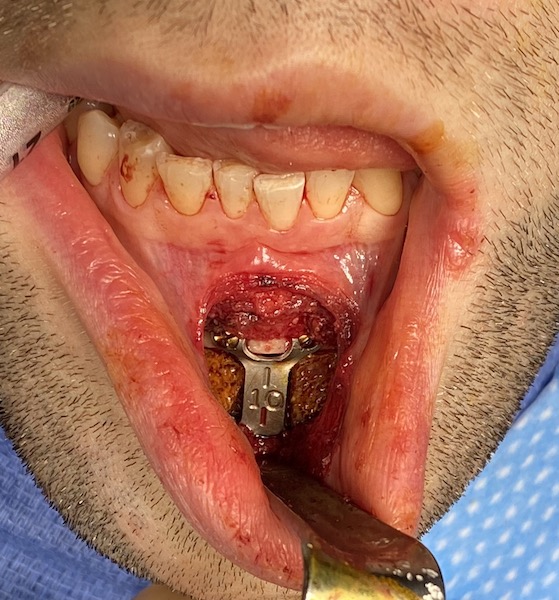Background: The vertical length of the face is classically divided into thirds. The lower third of the face is defined by a linear measurement between the base of the nose and the bottom of the chin. While such measurements can easily be taken to determine if one has a short lower face, there are numerous physical findings that can equally tell from an aesthetic standpoint if the lower third of the face is short.
The lower third of the face is further divided into a one-third and lower two-thirds. The upper one third of the lower facial third is between the base of the nose and the smile line. The lower two thirds of the lower facial third is between the horizontal smile line and the bottom of the chin. It is in this lower two-thirds of the lower facial third that multiple aesthetic soft findings can be seen when it is vertically short. The lower lip may be rolled out (due to an overbite where the upper teeth push down on the lower lip), the labiomental fold may be deep and the soft tissue chin pad may be ‘scrunched up’ with too much forward projection. In essence when the chin bone is vertically short there is not enough room for the enveloping soft tissues.
In some cases the lower third of the face may be short and the enveloping soft tissues may not be excessive and perfectly adapted to the small chin bone. But when the soft tissue chin pad looks excessive/protrusive or ‘ill-fitting’ a short chin bone may be at fault.
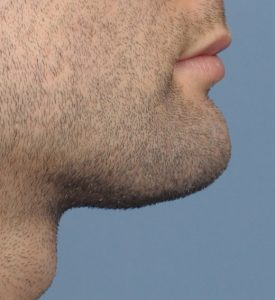
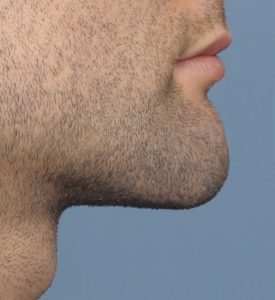
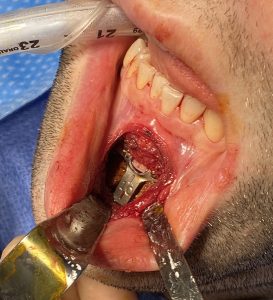
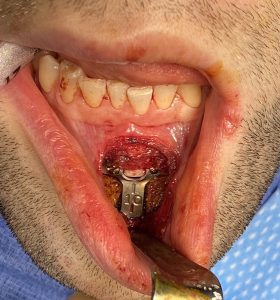
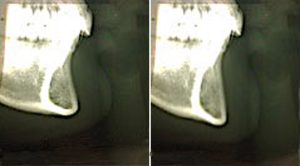
Case Highlights:
1) The vertically short chin is evident by the appearance of a bunched up chin pad and an almost flat mandibular plane angle.
2) Stretching the soft tissue chin pad out requires vertical lengthening of the chin bone.
3) How much the chin should be lengthened requites preoperative interincisal measurements of vertical jaw opening.
Dr. Barry Eppley
Indianapolis, Indiana

